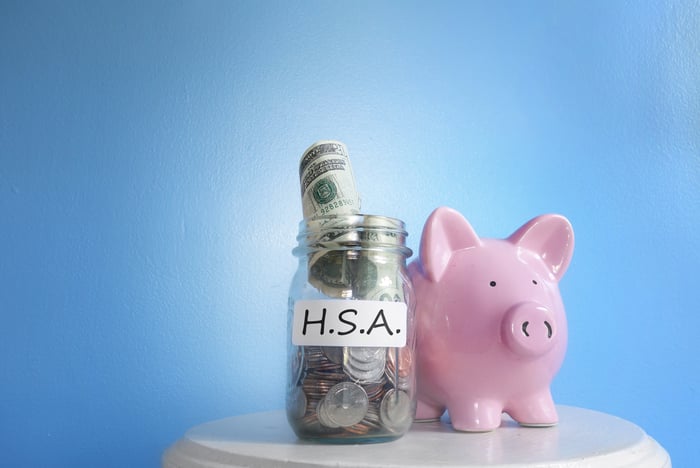20 Surprising Things You Didn't Know Were HSA/FSA-Eligible
Key Points
Contributions to health savings accounts and flexible spending accounts are tax-deductible in the year you make them.
You must be enrolled in a high-deductible health plan to be eligible for an HSA.
Funds in an FSA must be used in the plan year, or you'll lose them.
- The $23,760 Social Security bonus most retirees completely overlook ›
Healthcare costs are often among the highest expenses people face aside from their rent or mortgage, particularly as they age. When it comes to paying for these healthcare expenses, one of the best things someone can do is take advantage of a health savings account (HSA) or flexible spending account (FSA).
While these accounts operate in different ways, they have the same overall mission: providing tax advantages to help people save for and cover qualified medical expenses.
Where to invest $1,000 right now? Our analyst team just revealed what they believe are the 10 best stocks to buy right now. Continue »

Image source: Getty Images.
A quick rundown of HSAs and FSAs
To be eligible for an HSA, you must be enrolled in a high-deductible health plan (HDHP) that has a minimum deductible of $1,650 for individual plans and $3,300 for family plans; it must also have an out-of-pocket limit of $8,300 for an individual plan or $16,600 for a family plan.
The maximum amount you can contribute to an HSA in 2025 is $4,300 for yourself and $8,550 for a family plan. If you're 55 or older, you can make an additional $1,000 catch-up contribution.
An FSA is tied directly to an employer, and each year you must set an amount to contribute to the account during the open enrollment period. The downside is that you must spend those funds before the end of the plan year, or you'll lose them. In some cases, an employer will allow you to roll $660 into the next plan year, or offer a 2.5-month grace period for spending the money.
The maximum amount you can contribute to an FSA in 2025 is $3,300.
Surprising things that are HSA and FSA-eligible
Contributions to both HSAs and FSAs lower your taxable income for the current year. They also provide tax-free withdrawals, as long as they're used for qualified medical expenses.
There's no shortage of expenses eligible for purchase using your HSA or FSA. While some are fairly obvious, such as doctor's visits, prescriptions, or dental cleanings, others may be more surprising. Below are 20 that you may not have known about:
- Acne treatments
- At-home diagnostic kits
- Braille books and magazines
- Breast pumps and lactation supplies
- Chiropractic care
- Contact lens solutions and enzyme cleaners
- Fertility treatments
- First-aid kits
- Hair-growth medications
- Hearing-aid batteries, repairs, and maintenance
- Personal protective equipment for preventing the spread of COVID-19
- Pregnancy tests and ovulation monitors
- Service animals
- Stop-smoking programs and nicotine gum or patches
- Sunscreen that's broad-spectrum with an SPF of 15 or higher (and after-sun creams)
- Thermometers
- Transportation for medical care (buses, taxis, mileage, parking, tolls)
- Vasectomy
- Vision-correction surgery (LASIK)
- Wheelchairs, walkers, and crutches
These are just 20 of the many things you can use HSA and FSA funds for. If you're ever curious whether something you're interested in is eligible, just check your plan's approved list.
The $23,760 Social Security bonus most retirees completely overlook
If you're like most Americans, you're a few years (or more) behind on your retirement savings. But a handful of little-known "Social Security secrets" could help ensure a boost in your retirement income.
One easy trick could pay you as much as $23,760 more... each year! Once you learn how to maximize your Social Security benefits, we think you could retire confidently with the peace of mind we're all after. Join Stock Advisor to learn more about these strategies.
View the "Social Security secrets" »
The Motley Fool has a disclosure policy.



